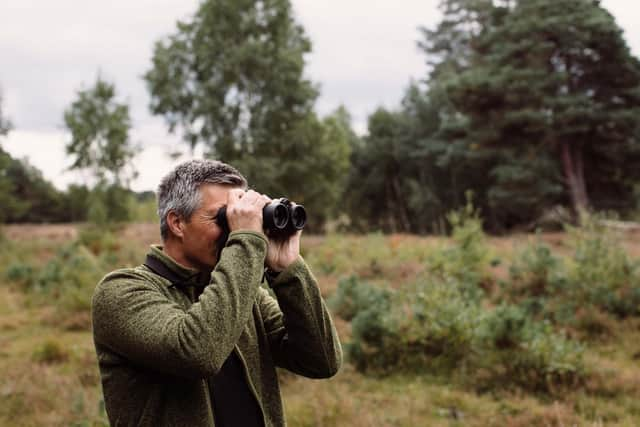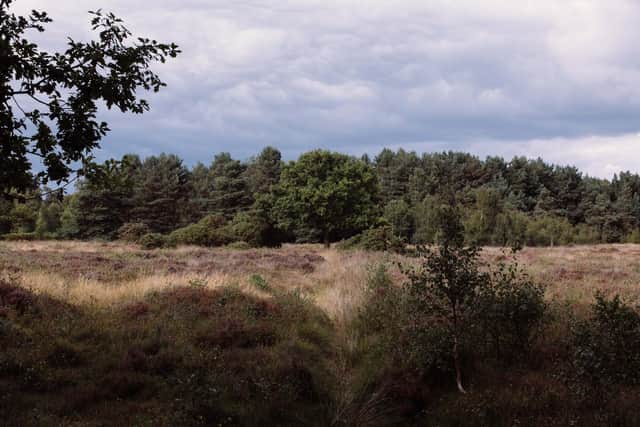Celebrate 70th anniversary of National Nature Reserves at a "jewel" of a wildlife haven at Skipwith Common
In 1952, England’s first National Nature Reserve (NNR) was created when a small area of oak woodland in Devon was bought by The Nature Conservancy.
Among North Yorkshire’s eight NNRs is 274-hectare Skipwith Common, near Selby, which was designated in 2010. It is owned and managed by Escrick Park Estate, in partnership with Natural England and a team of dedicated volunteers, the Friends of Skipwith Common.
Advertisement
Hide AdAdvertisement
Hide AdNow the public are being given an opportunity to enjoy free guided tours of the reserve as part of the Festival of National Nature Reserves with the first walk at Skipwith set to take place on Wednesday.


NNRs are often described as ‘jewels in nature’s crown’, sites of special natural significance to be enjoyed, protected and conserved. Today there are 225 across the country, and North Yorkshire’s eight NNRs include sites such as Ingleborough and Malham Tarn in the Yorkshire Dales National Park.
Skipwith Common is owned and maintained by Escrick Park Estate. It’s an unusual arrangement as two thirds of England’s NNRs are managed directly by Natural England. Others are cared for by the National Trust, Forestry Commission, RSPB, Wildlife Trusts and local authorities.
Beilby Forbes Adam, of Escrick Park Estate said: “The Estate is committed to working independently, and with others, to care for the natural environment. We have been at the leading edge of research into biodiversity net gain, and are keen for people to learn more about the work we do protecting and promoting the countryside.
Advertisement
Hide AdAdvertisement
Hide Ad

“We are taking practical steps to deliver the aims of the national 25-Year Environment Plan which include clean air and water, thriving plants and wildlife, tackling and adapting to climate change, and engagement with the environment.”
Skipwith is home to many habitats and is one of the last remaining areas of lowland heath in northern England - and one of only two extensive areas of open heathland in the Vale of York.
Hardy Hebridean sheep, Longhorn cattle and Exmoor ponies help to nurture the wildlife and manage the rare heathland naturally through grazing. There is a variety of rare heathland plants and dragonflies and other insects. There is also a huge array of birds that can be spotted in and around the reserve.
Many bronze and iron age features are scattered about the reserve and also the remains of Riccall airfield where Halifax bomber crews were trained in the Second World War.
Advertisement
Hide AdAdvertisement
Hide AdMark Hewitt, Escrick Park Estate’s conservation officer, added: “Skipwith Common is an excellent example of how Estates such as Escrick can play a leading role in helping preserve and enhance our country’s natural assets for the benefit of both people and nature.
The first walk is Wednesday, 10.30am to 12.30pm: Meet at Sandy Lane car park, off Cornelius Causeway.

